SMAC Venice hosts a substantial show about celebrated Australian modernist Harry Seidler
A comprehensive overview of the life and work of the late architect Harry Seidler helped inaugurate Venice’s new SMAC gallery in Piazza San Marco
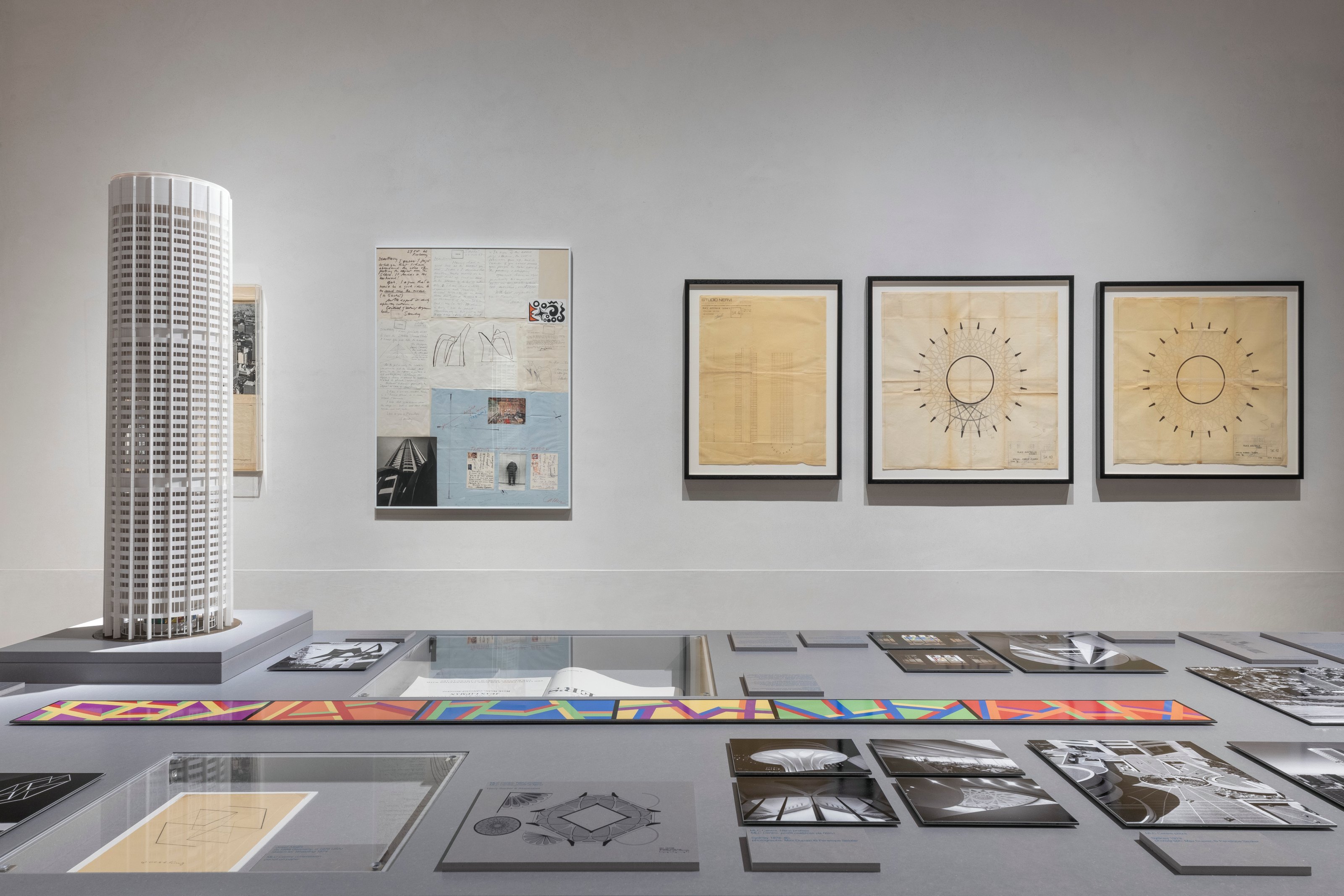
Alongside the work of South Korean landscape architecture Jung Youngsun, the new San Marco Art Centre in Venice opened this month with an exhibition of the work of Australian modernist Harry Seidler. Making great use of the monumental 80m-long run of first floor galleries overlooking Piazza San Marco, Migrating Modernism was traditional in the best sense of the world, telling a story and presenting a life and career, richly embellished with meaningful objects and visuals.
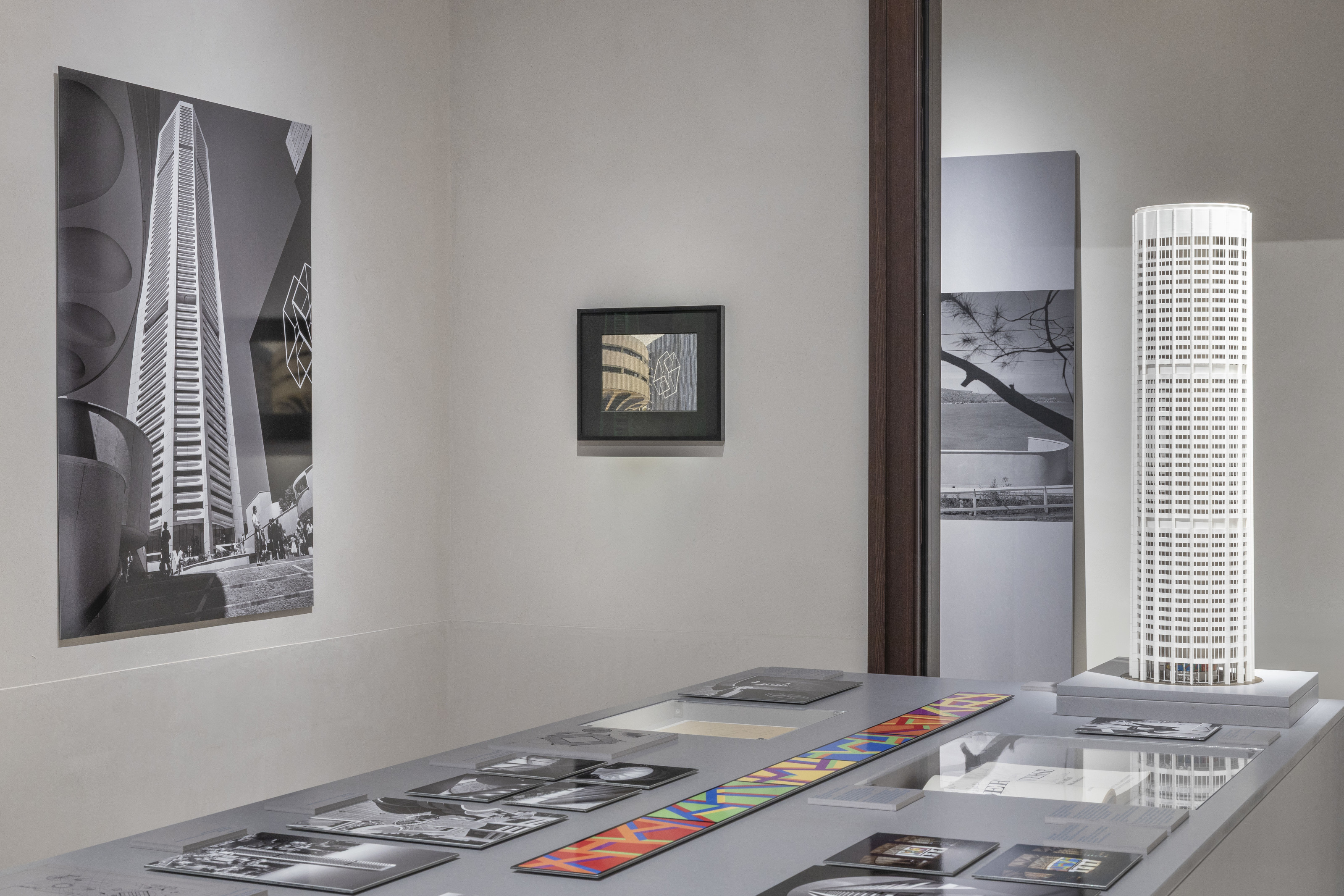
Exhibition view from Migrating Modernism. The architecture of Harry Seidler, SMAC San Marco Art Centre, Venice, 2025
Curated by Ann Stephen from CCWM and Paolo Stracchi from the University of Sydney’s School of Architecture Design and Planning, with curatorial advisor Nikolaus Hirsch, the exhibition does much to raise Seidler’s relatively low global profile. Born in Vienna in 1923, Seidler’s story runs parallel to the evolution and movement of modernist art and architecture throughout the 20th century.
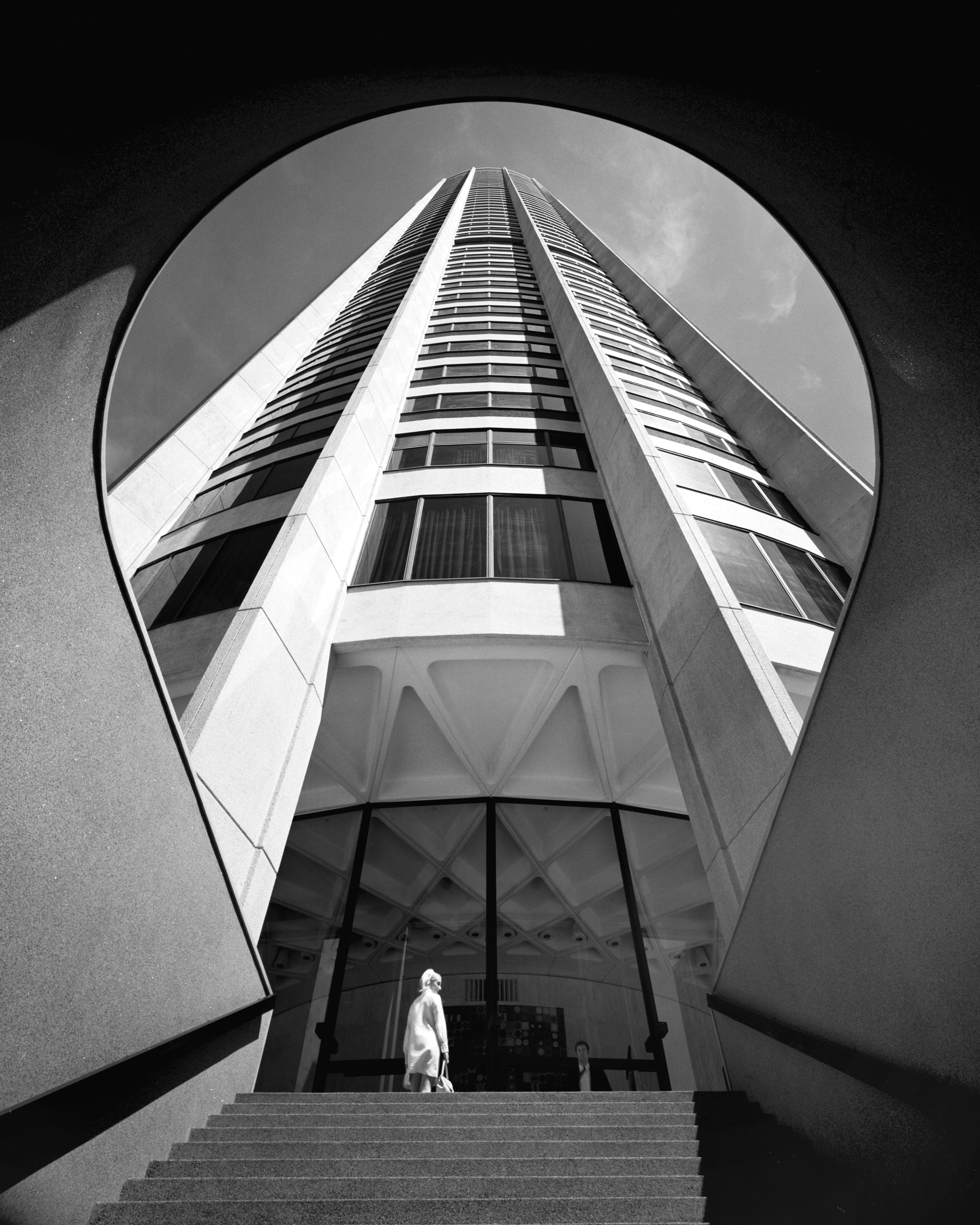
Australia Square, Sydney, 1968, photograph by Max Dupain
Before settling in his adoptive Australia, Seidler’s career had a peripatetic beginning, fleeing Nazi-ruled Vienna for the UK and Canada but interned in both countries as an enemy alien. After beginning his architecture studies on his release, Seidler’s first experiences of practice saw him working in the offices of four of the century’s most significant designers, Walter Gropius, Josef Albers, Marcel Breuer, and Oscar Niemeyer, all before he had reached his mid-twenties. The influences never left him and throughout his life he collected work by some of the leading lights of the Bauhaus.
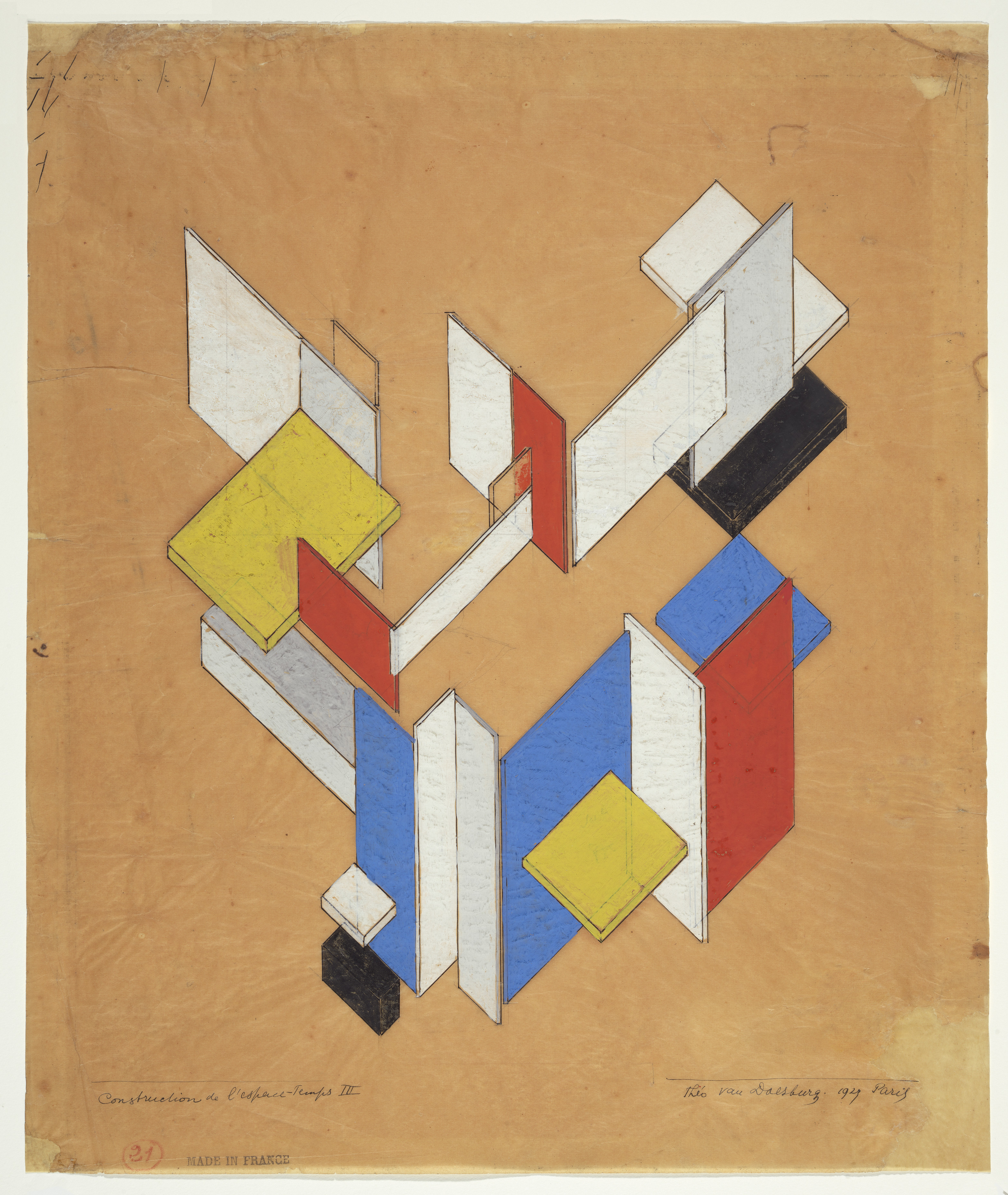
Theo van Doesburg, Space-time construction #3, 1923, National Gallery of Australia, Canberra. Donated through the Australian Government's Cultural Gifts Program by Penelope Seidler AM in memory of Harry Seidler AC, 2010
At this point, he emigrated to Australia, lured by the promise of a commission from his parents. This resulted in the Rose Seidler House (1948-50), one of Australia’s pre-eminent modernist buildings. Together with his wife, Penelope Seidler – who has provided much of the material for this exhibition – Seidler went on to work across the world, combining architecture with art and also demonstrating an affinity for concrete engineering, with frequent collaborations with the Italian structural engineer Pier Luigi Nervi.
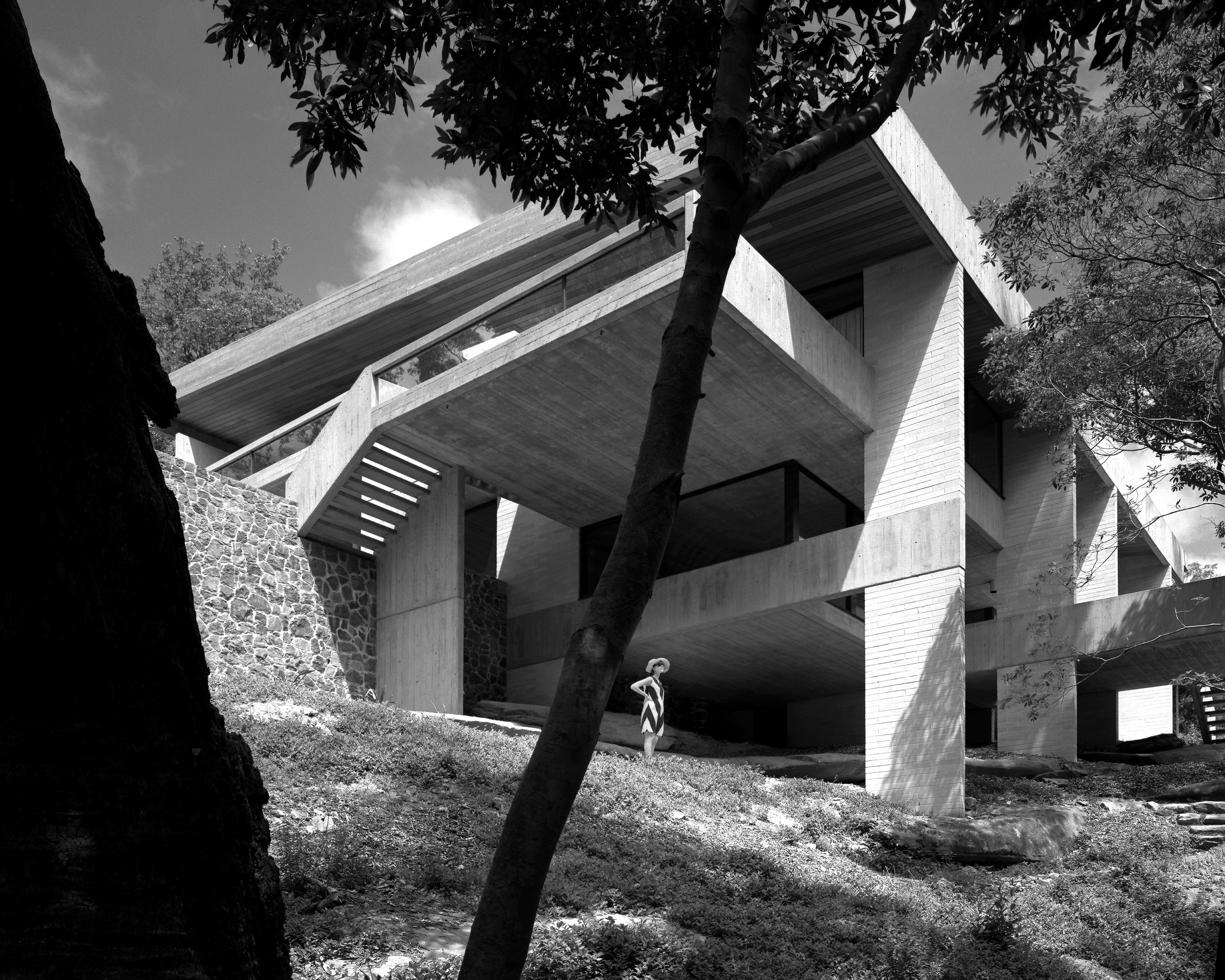
Harry & Penelope Seidler House, Killara, Sydney, Australia, 1968, photograph by Max Dupain
Seidler’s most significant works are all displayed here, from the 1958 Blues Point Tower in Sydney, to the Australia Square Tower, engineered by Nervi and one of the country’s first true skyscrapers. Here, as elsewhere, Seidler was able to integrate art, commissioning Alexander Calder to create Crossed Blade, a monumental sculpture in the plaza. These integrations were an essential part of his architectural approach, and the genesis and evolution of many of the key collaborations are displayed here. As well as Calder and Albers, Seidler turned to the likes of Helen Frankenthaler, Frank Stella, Lin Utzon and Sol LeWitt to create bespoke artworks for his buildings.
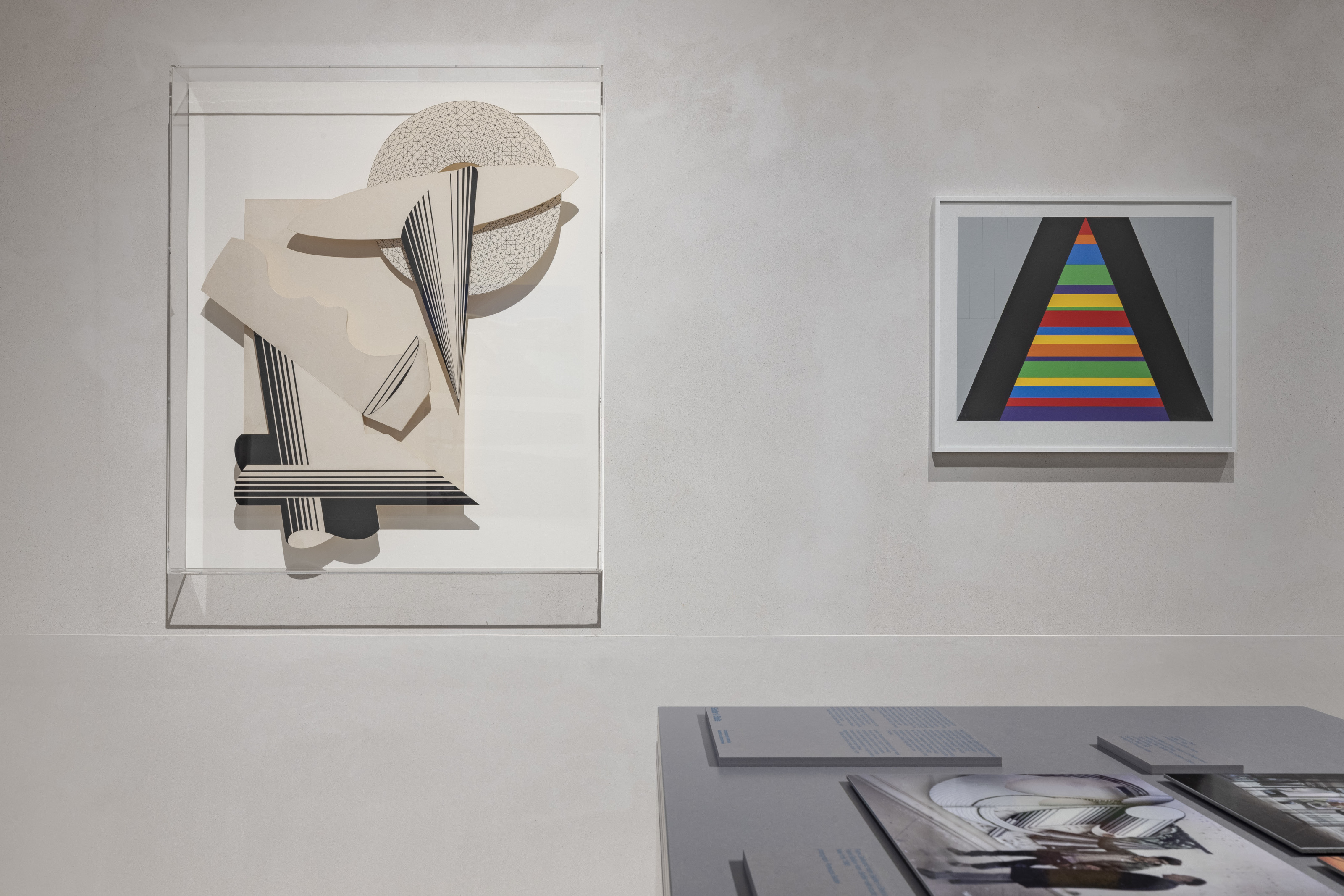
Maquettes by Frank Stella (left) and Sol LeWitt (right), from Migrating Modernism. The architecture of Harry Seidler, SMAC San Marco Art Centre, Venice, 2025
The architecture itself has an organic fluidity and artistry, regardless of scale. This was partly informed by Seidler’s own engineering training and his work with Nervi and prefigures the digitally-driven parametricism that ultimately followed. Other key works include the Australian Embassy in Paris (1973–77), in collaboration with both Nervi and Marcel Breuer, and Sydney Aquatic Centre (2005-07). Seidler, who died in 2006, adeptly switched scales throughout his career, working on many private houses alongside towers and civic architecture.
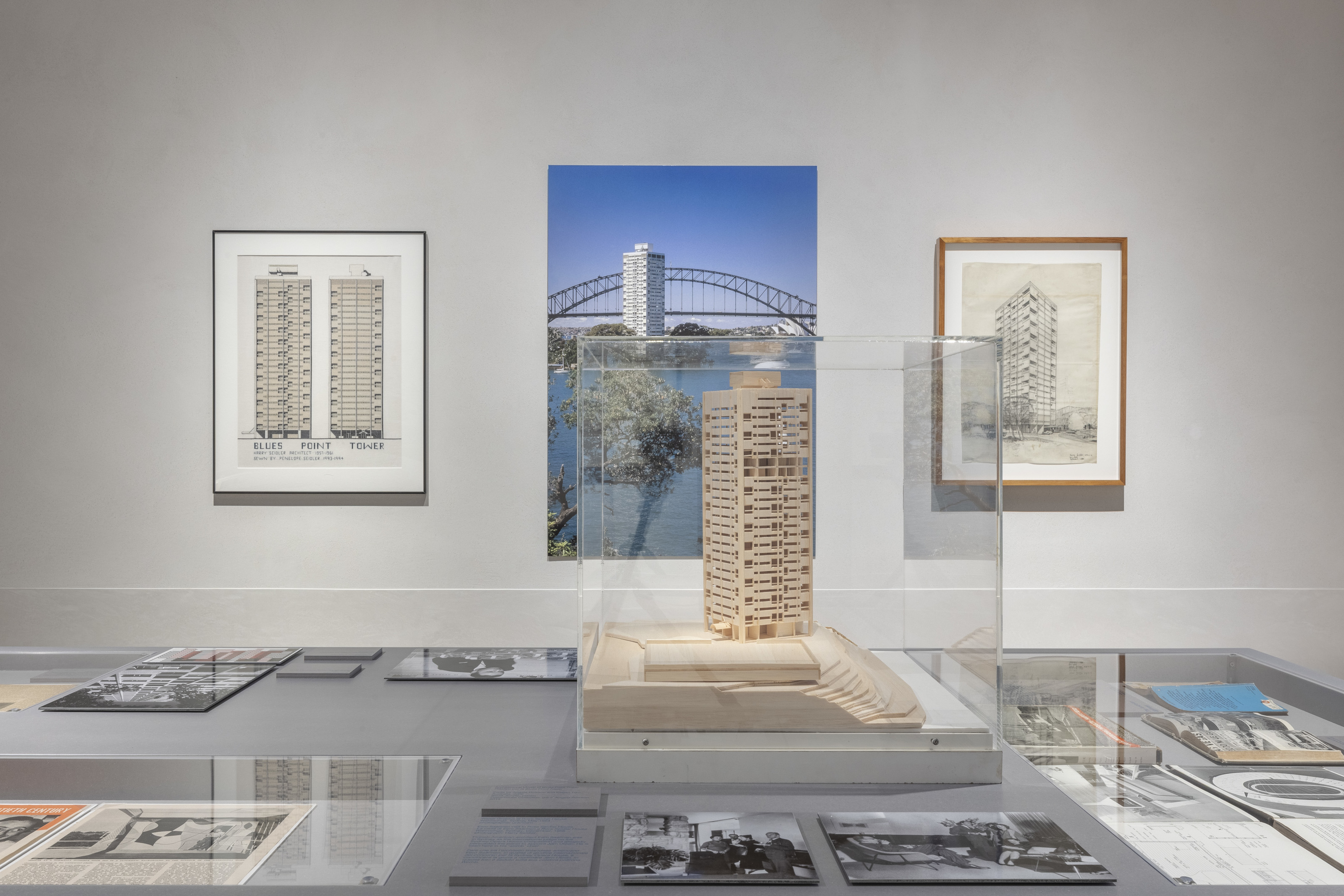
Blues Point Tower, 1958, from Migrating Modernism. The architecture of Harry Seidler, SMAC San Marco Art Centre
Towards the end of his career, he completed the Wohnpark Neue Donau in Vienna, a housing complex that served as ‘a highly symbolic return to the city that had profoundly shaped his early years.’ Seidler’s house and office, with its spectacular view across Sydney Harbour, still hosts a rich collection of artwork, some of which has been lent to the exhibition by his widow Penelope.
Receive our daily digest of inspiration, escapism and design stories from around the world direct to your inbox.
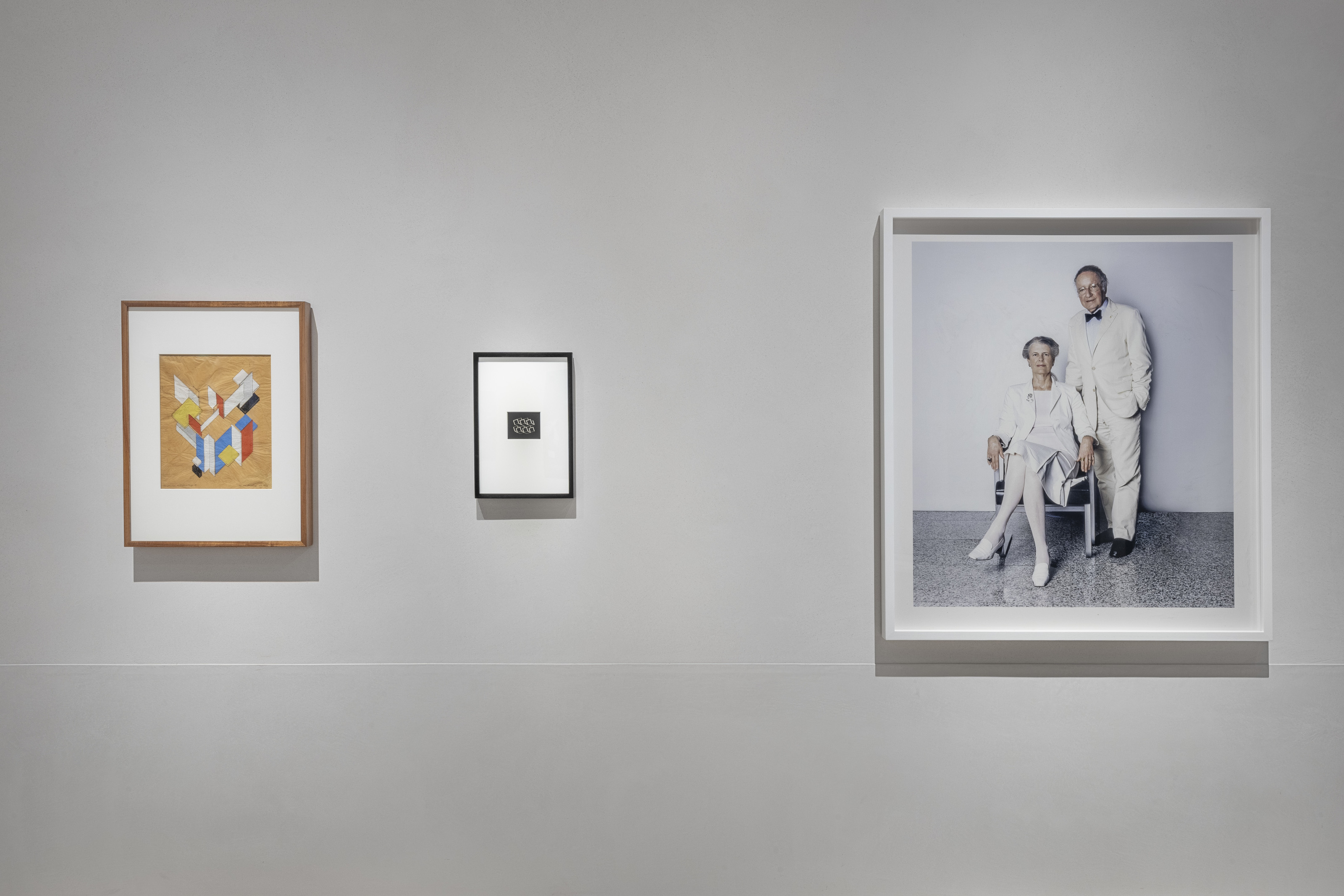
A portrait of Penelope and Harry Seidler in the show Migrating Modernism. The architecture of Harry Seidler
SMAC San Marco Art Centre was co-founded by David Gramazio, Anna Bursaux and David Hrankovic, following the Procuratie’s substantial renovation by David Chipperfield Architects. It shares the building (owned by Italy’s Generali insurance group) with The Home of The Human Safety Net, a global social inclusion network. SMAC’s next show, co-curated by Daniel Birnbaum and Jacqui Davies, will be The Quantum Effect.
Migrating Modernism. The architecture of Harry Seidler is co-organised by SMAC and the University of Sydney’s Chau Chak Wing Museum. The exhibition runs until 13 July 2025, SMAC San Marco Art Centre, Procuratie, Piazza San Marco 105, 30124 Venice, SMAC.org, @SMAC_venice, Seidler.net.au
Jonathan Bell has written for Wallpaper* magazine since 1999, covering everything from architecture and transport design to books, tech and graphic design. He is now the magazine’s Transport and Technology Editor. Jonathan has written and edited 15 books, including Concept Car Design, 21st Century House, and The New Modern House. He is also the host of Wallpaper’s first podcast.
-
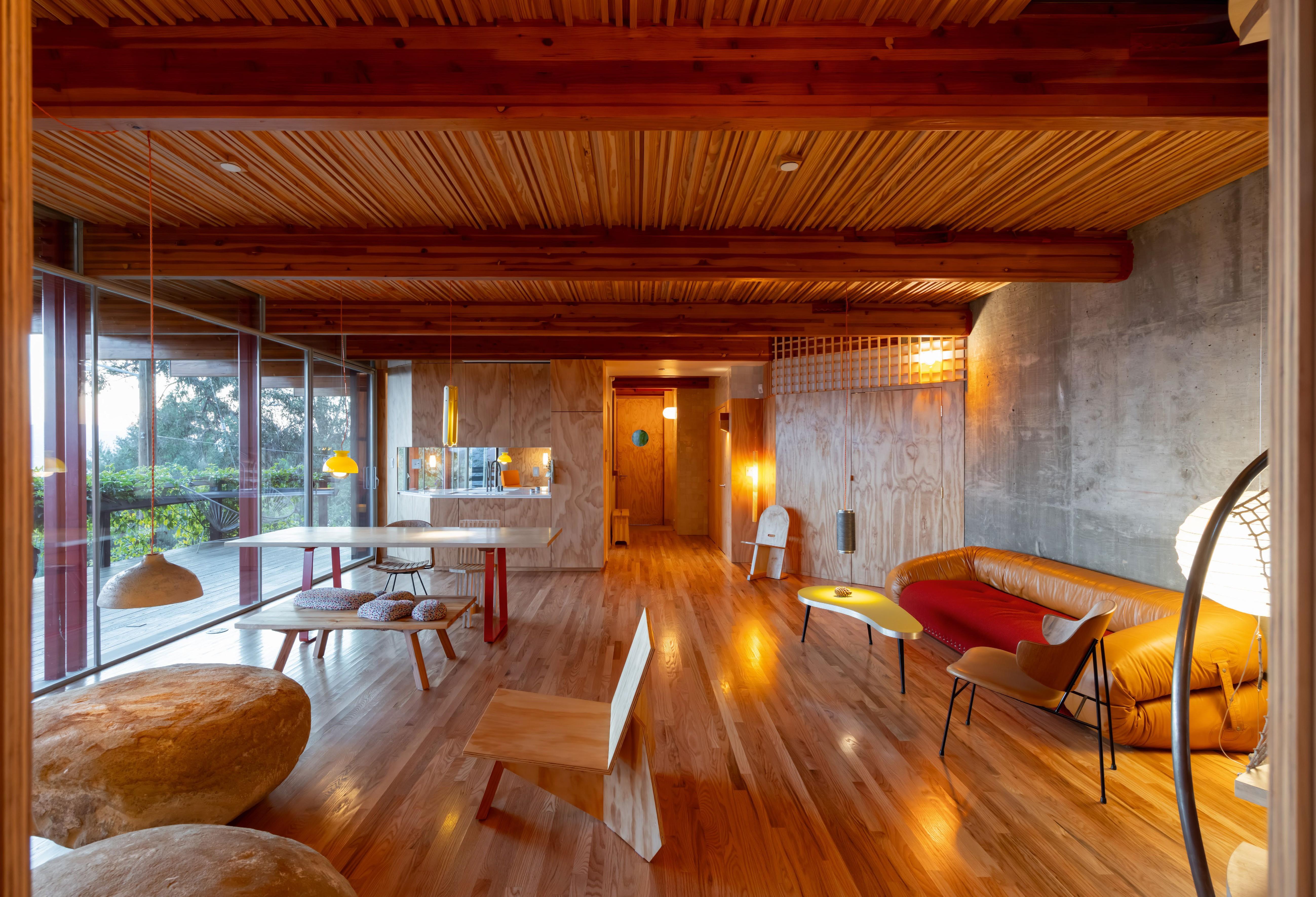 Tour Cano House, a Los Angeles home like no other, full of colour and quirk
Tour Cano House, a Los Angeles home like no other, full of colour and quirkCano House is a case study for tranquil city living, cantilevering cleverly over a steep site in LA’s Mount Washington and fusing California modernism with contemporary flair
-
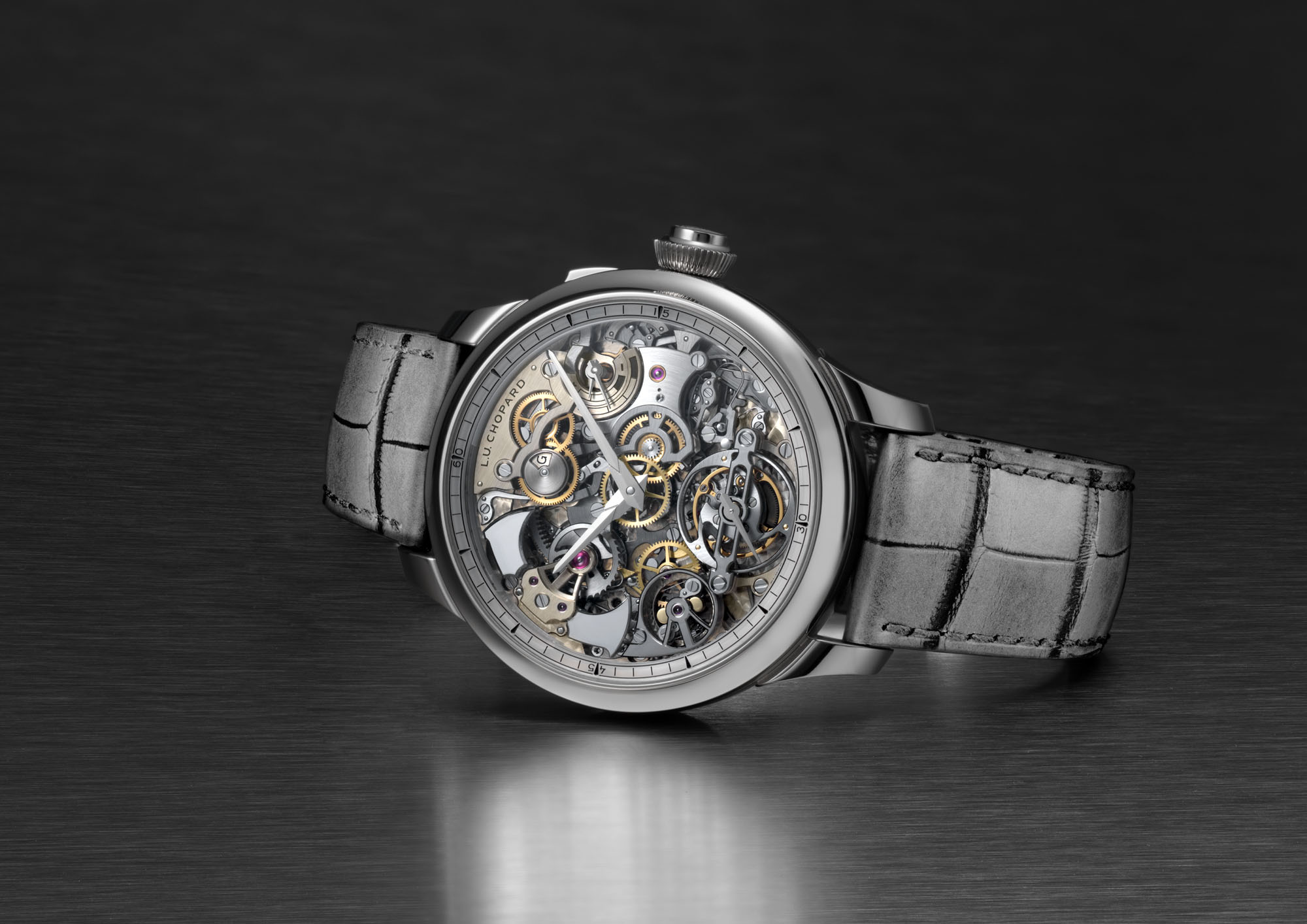 At Dubai Watch Week, brands unveil the last new releases of the year
At Dubai Watch Week, brands unveil the last new releases of the yearBrands including Chopard, Louis Vuitton, Van Cleef & Arpels present new watches at Dubai Watch Week
-
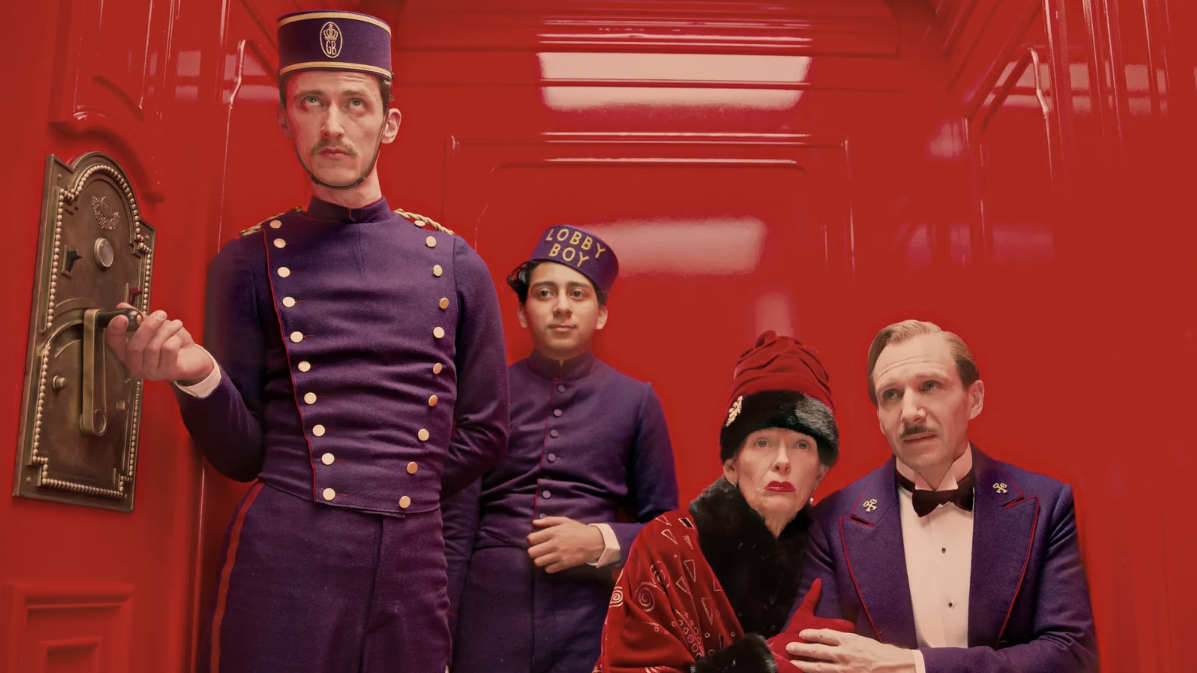 Wes Anderson at the Design Museum celebrates an obsessive attention to detail
Wes Anderson at the Design Museum celebrates an obsessive attention to detail‘Wes Anderson: The Archives’ pays tribute to the American film director’s career – expect props and puppets aplenty in this comprehensive London retrospective